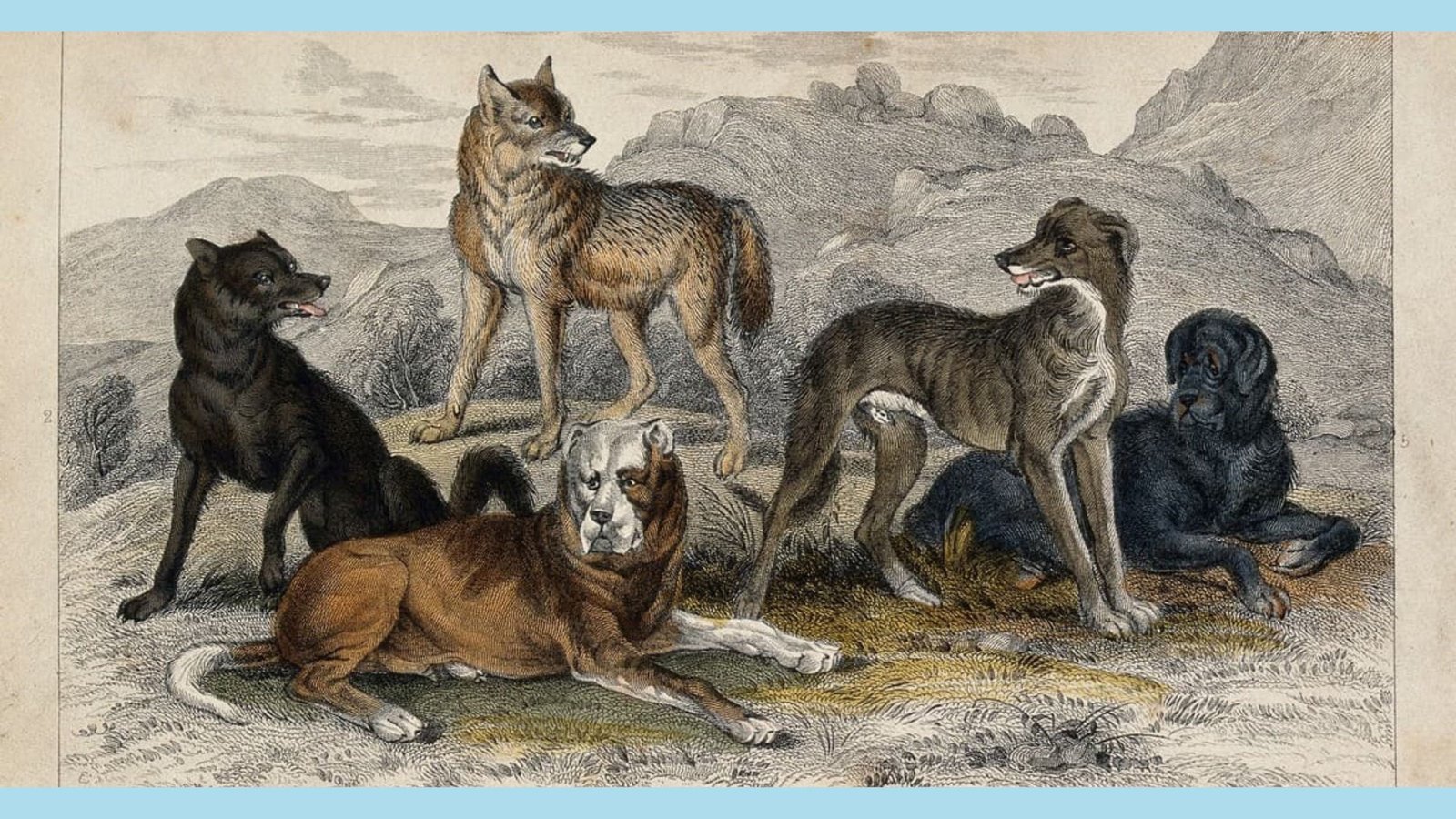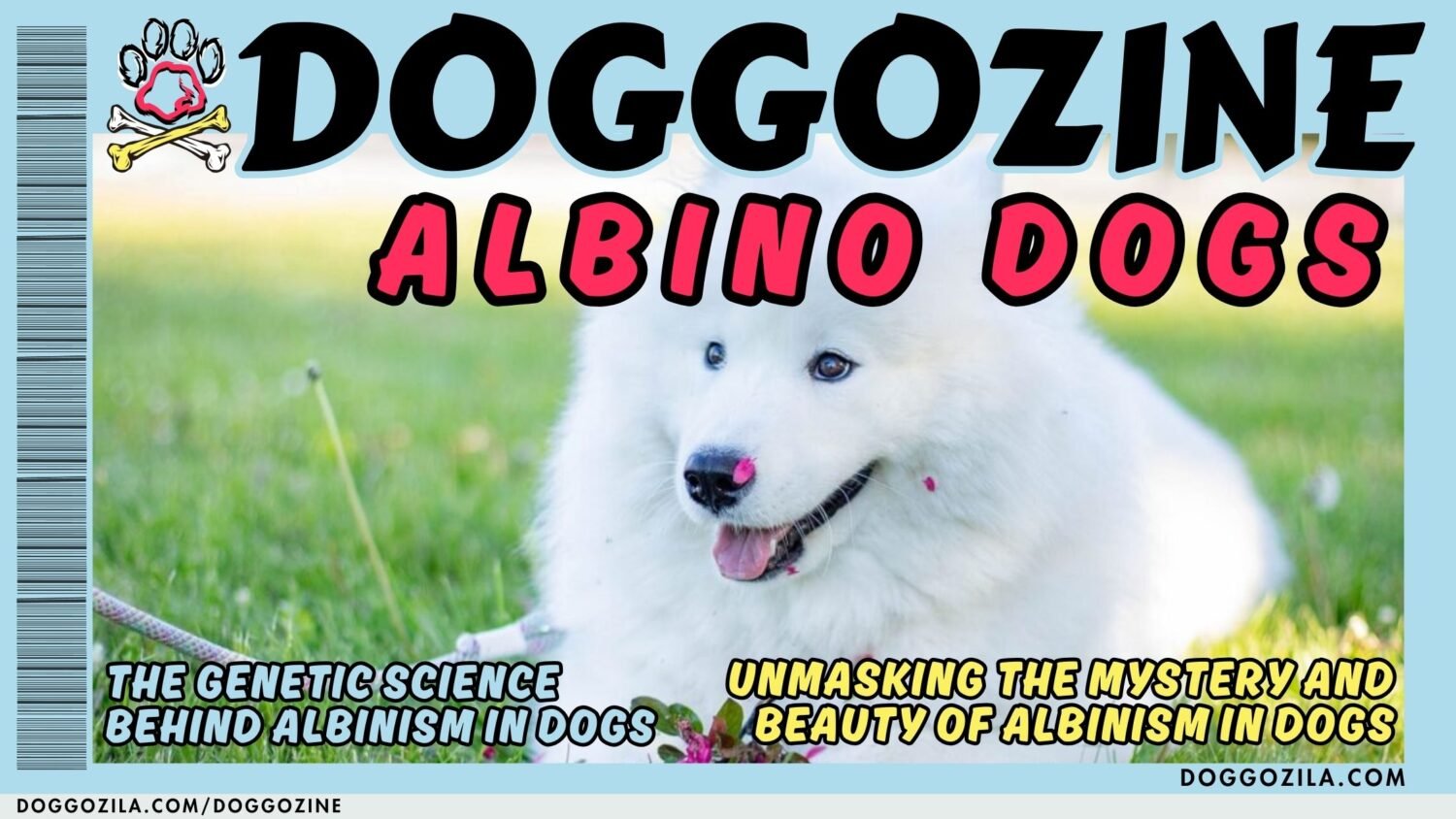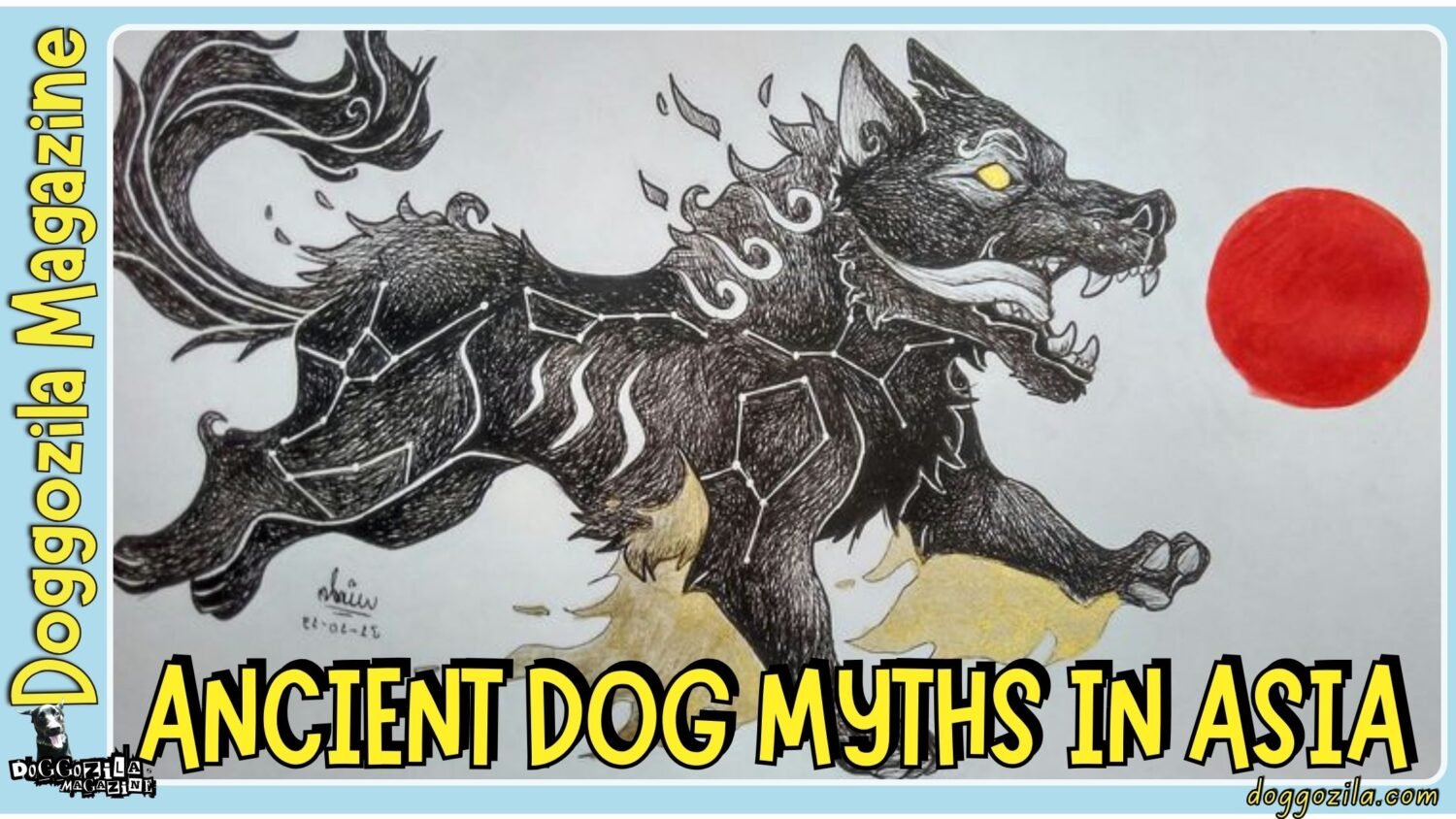
HOW DOGS HELP PROTECT PLANTS AND ANIMALS WITH THEIR AMAZING NOSES
This article explains why dogs are helpful for the environment. They are trained to find invasive plants. These plants can outgrow native plants. They take sunlight, water, and nutrients that native plants need. This reduces the variety of plant and animal life in an area. Dogs have an excellent sense of smell. They can find invasive plants, even in thick vegetation. This allows people working to protect the environment to remove or control the invasive plants. Catching invasive plants early stops their spread and protects the balance of nature. Explore more why dogs are important to the ecosystem!
Dogs Working For Wildlife and The Ecosystem
One way dogs help is by finding rare orchids. Orchids are a very diverse plant family with many species. But many orchid species are in danger from habitat loss and illegal trade. Dogs are trained to smell orchids. This lets researchers locate hidden orchids and protect them from harm.
It is very useful where orchids are collected and sold illegally. Dogs also help fight illegal wildlife trade. Wildlife trade is a huge business that puts many species at risk of disappearing. With their keen noses, dogs are important helpers for safeguarding the environment.
Exploring Dogs’ Amazing Scent Detection Powers
Dogs trained to detect scents can identify wildlife products like ivory, rhino horn, and pangolin scales. This helps law enforcement stop illegal shipments. Even small amounts are detectable, disrupting supply chains and catching traffickers. In short, dogs’ incredible noses are valuable tools for wildlife conservation.
Their sense of smell allows them to detect invasive plants, locate endangered native plants, protect orchids, and combat illegal wildlife trade. By using their noses, dogs help preserve natural habitats and safeguard plant and animal species. Their contributions show the remarkable human-dog bond and potential for cross-species collaboration in protecting biodiversity.
Dogs Can Detect Invasive Animal Species Too
Dogs can also help prevent new invasive species by sniffing out potential carriers like contaminated soil or plants at entry points and transportation hubs. This proactive approach intercepts and prevents accidental invasive species introductions to new areas.
Furthermore, dogs can also be trained to detect invasive animal species. Invasive animals, such as snakes or insects, can have devastating effects on ecosystems. For example, the brown tree snake, native to Australia, has caused significant ecological damage in Guam after being accidentally introduced.
By training dogs to detect the scent of these invasive animals, conservationists can identify and remove them before they have a chance to establish populations and cause widespread harm. Detecting invasive animal species, makes dogs important for the ecosystem.
Using Dogs Eliminates The Need For Chemical Pesticides Or Herbicides
The use of dogs in invasive species detection and management has gained recognition and support from various organizations and government agencies. In the United States, the U.S. Fish and Wildlife Service has implemented programs that utilize trained dogs to detect invasive species in national parks and wildlife refuges. These dogs work alongside park rangers and biologists, assisting in the identification and removal of invasive plants and animals.
Not only are dogs effective in detecting invasive species, but they also provide a non-invasive and environmentally friendly alternative to traditional methods. Using dogs eliminates the need for chemical pesticides or herbicides, which can have detrimental effects on the environment and non-target species. Dogs are also highly trainable and adaptable, making them ideal partners in invasive species management programs. This makes dogs so important for the future of our ecosystem!
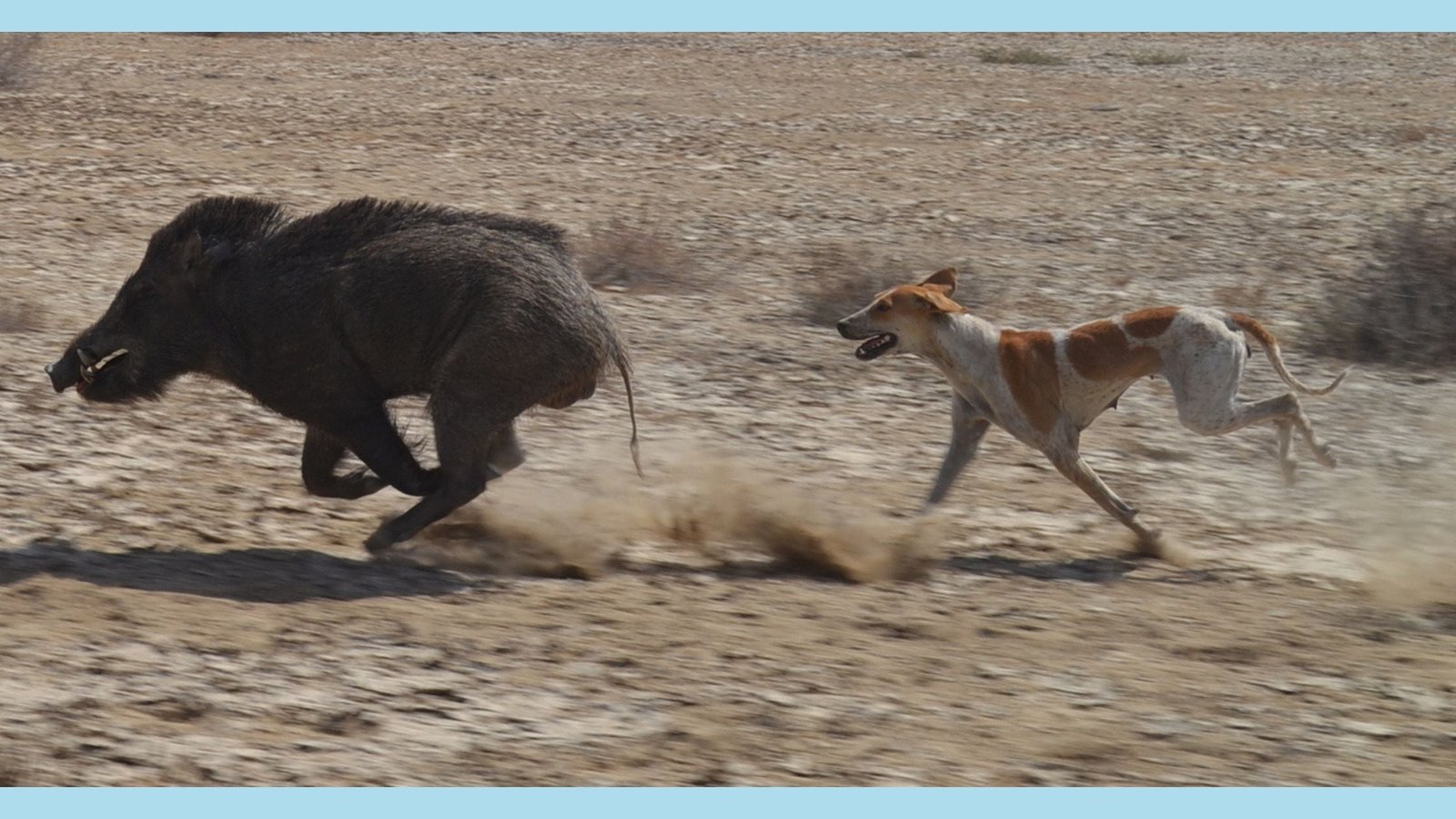
CARING HEROES PROTECTING NATURE AND WILDLIFE
Invasive species are spreading fast. Dogs play a vital role in detecting and managing these harmful organisms. Their strong sense of smell and speed make them heroes for safeguarding ecosystems and biodiversity.
How Dogs Contribute
More research and training can help unleash the full potential of these four-legged allies. They guard ecosystems and conserve wildlife. Dogs monitor rare, endangered plants too. After locating them, dogs revisit sites regularly.
This tracks the plants’ health and numbers over time. Long-term monitoring is key. It shows if conservation efforts are working and when changes are needed. Dogs contribution makes them very important for the ecosystem!
Dogs Help Repopulate Endangered Plants in the Ecosystem
Some endangered plants barely reproduce in the wild now. To save them, scientists collect seeds or cuttings. They grow new plants in safe areas or botanical gardens. But they need suitable places to reintroduce plants.
Luckily, dogs can sniff out ideal spots where replanted rare species can thrive. Their sharp sense of smell is invaluable. It aids the overall revival of endangered plants. Dogs are ecosystem heroes indeed.
Dogs Help Protect Rare Native Plants in the Ecosystem
Pups can also help manage reintroduced plant populations. They visit sites and watch the plants. Dogs can find threats like pests or environment changes. This lets conservationists act quickly to protect the plants. This helps reintroduction efforts succeed.
In summary, dogs are great allies for protecting rare native plants. Their amazing sense of smell helps locate, monitor, and manage these vulnerable species. Using dogs’ noses boosts conservation efforts. It preserves plants for the future.
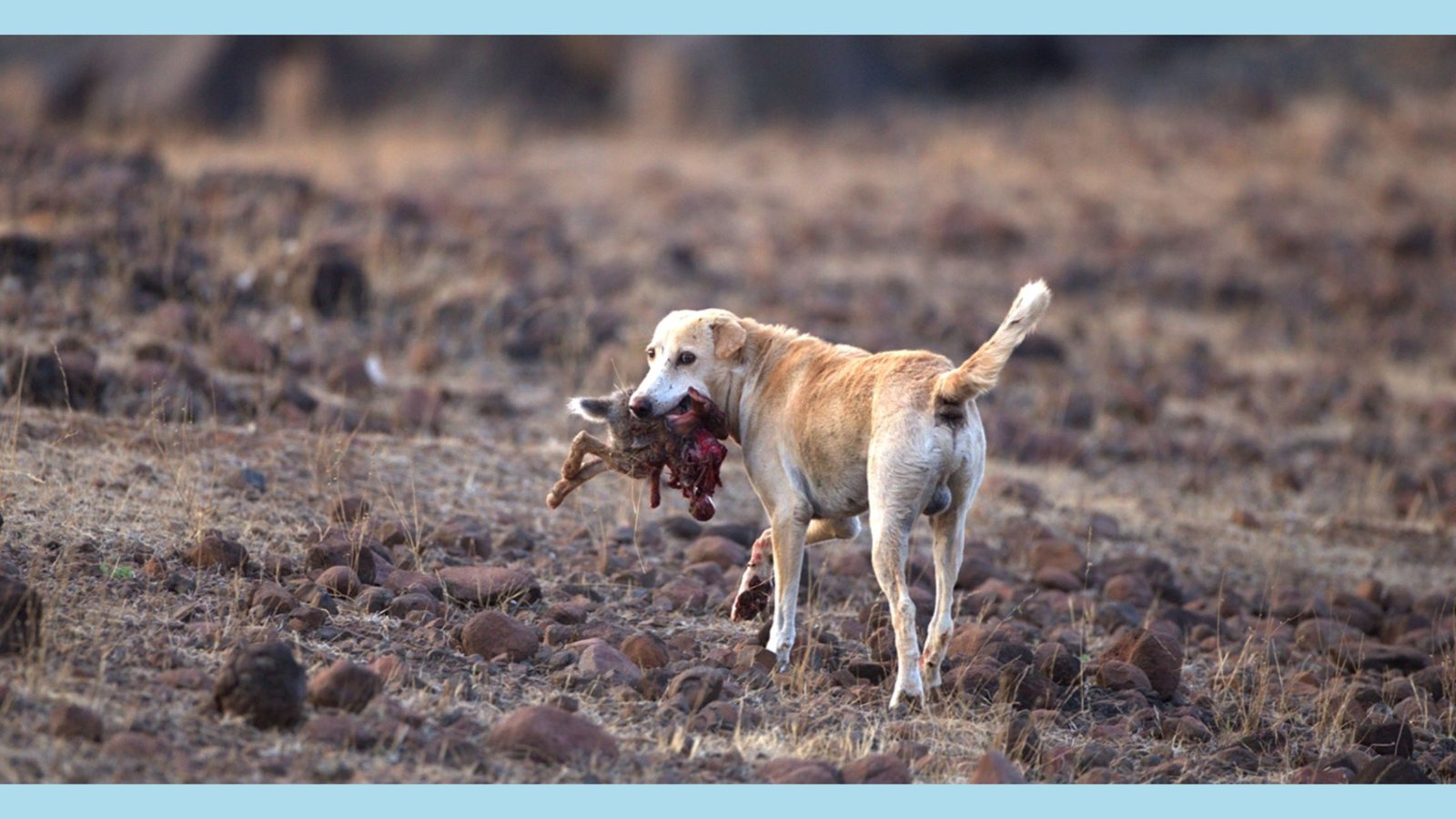
WHY DOGS AID WILDLIFE CONSERVATION AND HELP THE ECOSYSTEM
Using dogs in wildlife conservation has many benefits over usual survey methods. Find out some of the key reasons why dogs are important for the ecosystem!
Fast and Accurate
Dogs can quickly cover big areas of land. Their sense of smell detects scents humans can’t. This lets ecologists survey larger areas faster. It makes data collection more efficient and precise. Dogs can do amazing jobs in the wild.
For example, a group of scientists used dogs to find rare animals in a big national park. Dogs can smell things humans cannot. They smelled the scents of rare animals. This helped the scientists find new groups of these special animals. Knowing where the animals live helps protect them.
Non-Invasive Surveying
Using dogs is better than other ways that could harm nature. Dogs can sniff out smells without hurting plants or animal homes. This makes them great for learning about nature and protecting it. In a wetland project, dogs found invasive plants.
Invasive plants take over areas and push out other plants. The dogs smelled the invasive plants. Scientists could then stop the invasive plants before they spread too far. This protects all the other plants and animals that live there. Dogs are so useful and important for the ecosystem!
Cost-Effectiveness
Training dogs takes work at first. But after that, using dogs is cheap. You can use the same dogs many times in many places. This makes dogs a smart, low-cost way to help protect nature. Dogs can be very helpful in protecting endangered animals. In one project, dogs were trained to find the scent of endangered sea turtles on beaches.
With dogs, researchers could search large sandy areas quickly. They found many nests and collected important data about the turtles’ population and nesting success. Training and caring for the dogs cost much less than hiring many human surveyors. This made it an affordable way to monitor the endangered turtles over a long time.
Public Engagement and Awareness
Using dogs in conservation work also helps raise public awareness. People pay attention to the amazing dogs and learn about conservation. When people see how well dogs can detect environmental problems, they appreciate protecting nature more. They are more likely to take action to help.
For example, a conservation group partnered with trained dogs to show how they detect illegal wildlife products at a local park. The dog easily found hidden ivory and pangolin scales. This showed how effective dogs are in stopping wildlife trafficking. The demonstration taught the public about threats to endangered species. It also encouraged people to report any suspicious activities they see.
Using dogs for wildlife protection has many advantages. They are efficient and precise in gathering information. Their methods are not harmful to animals. They are cost-effective. And they engage people in conservation. With their remarkable sense of smell, dogs can help us comprehend nature better and safeguard biodiversity.
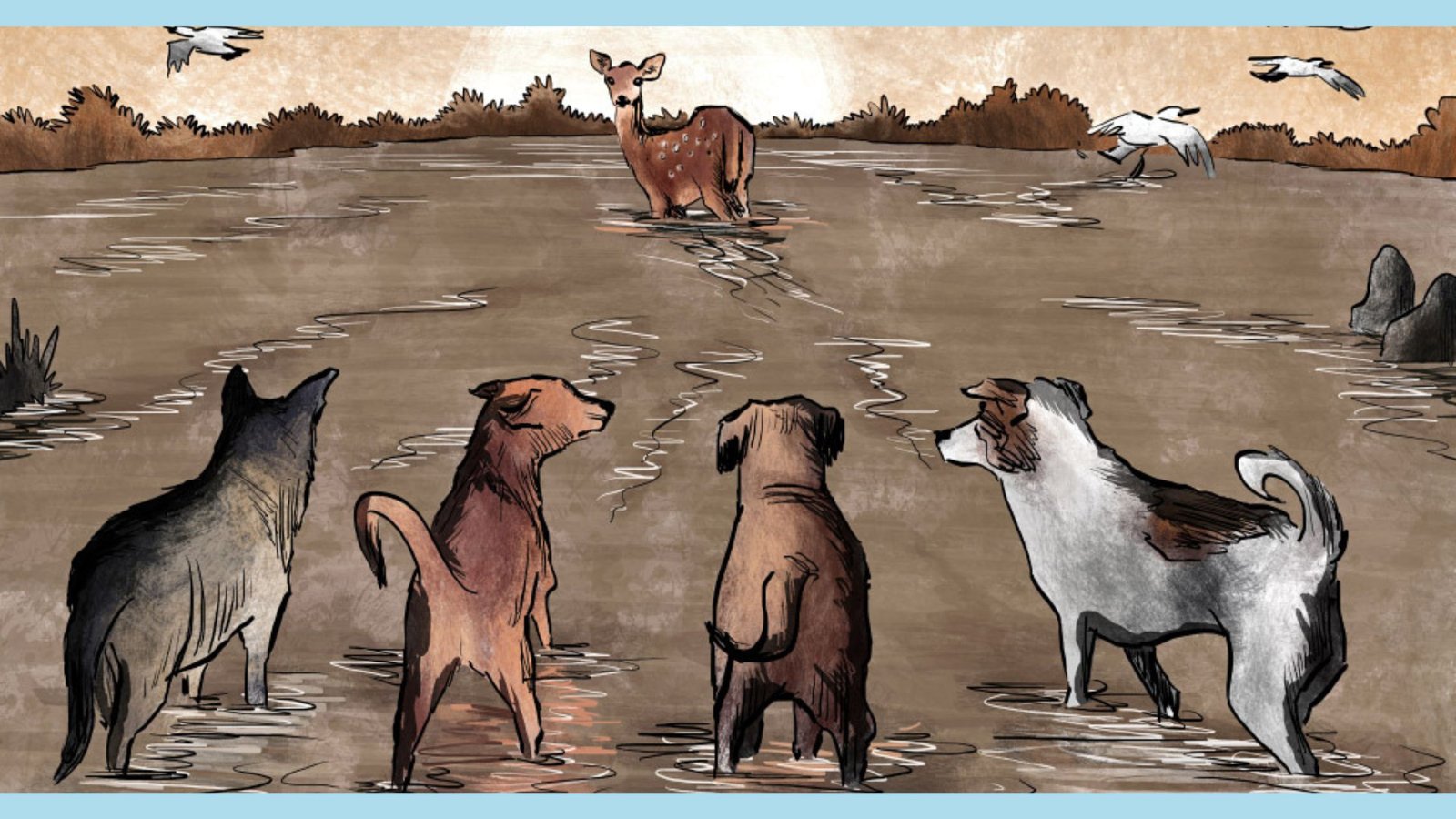
DOGS CAN DETECT MANY SCENTS IN THE ECOSYSTEM
Scientists are learning more about how well dogs can smell. As research progresses, dogs may assist with other ecological issues. They could track animal groups. Dogs could detect disease outbreaks. They may even locate hidden artifacts.
Tracking Endangered Species
Dogs have proven useful for tracking endangered species. Their sharp noses can locate animal populations at risk of extinction. In Russia, dogs follow scent trails left by rare Amur leopards. This allows researchers to study the leopards’ behavior and movements.
Dogs can also identify diseased animals. Certain diseases like canine distemper can devastate wildlife. Dogs trained to detect infected animals or their fluids can quickly isolate the disease. Early detection can prevent the illness from spreading and save entire species.
Dogs In Archaeology
Dogs can help in archaeology. They have a very good sense of smell. They can find buried objects that people might miss. This helps archaeologists. They can dig carefully around the objects to keep them safe. Using dogs is better than using big machines. The machines could break the old objects.
Ecologists, conservation groups, and dog trainers can work together. They can share ideas and stories about using dogs. This helps train the dogs better. It helps use dogs in the best ways to protect nature. Working together is important. That way, dogs can help nature as much as possible. Dogs are important for the ecosystem.
Brief sum up on why dogs are important for the ecosystem
In short, dogs have amazing noses. This helps protect wildlife and plants. They can sniff out bad plants that shouldn’t be there. They can find rare plants that need help. Dogs are heroes. They help keep our habitats healthy. Using dogs’ sense of smell can help nature. We need to protect dogs so they can protect nature!
